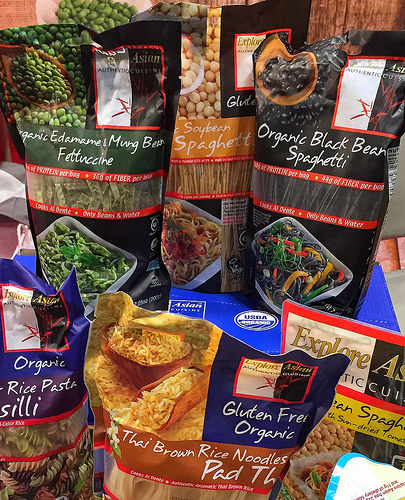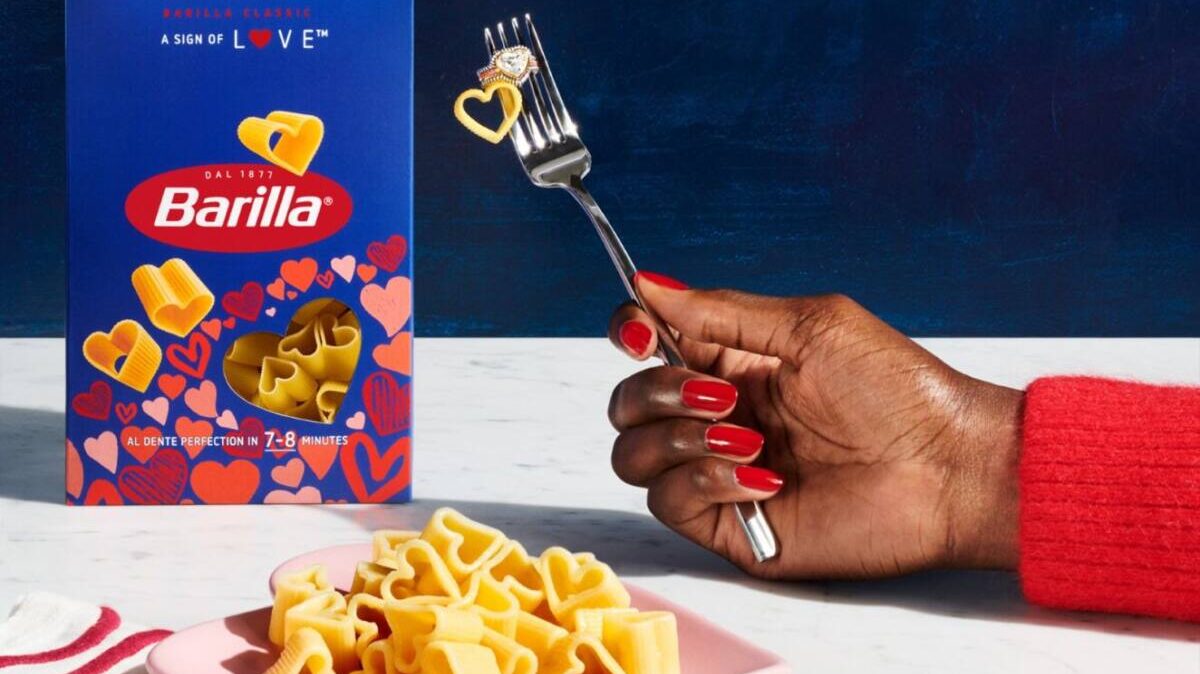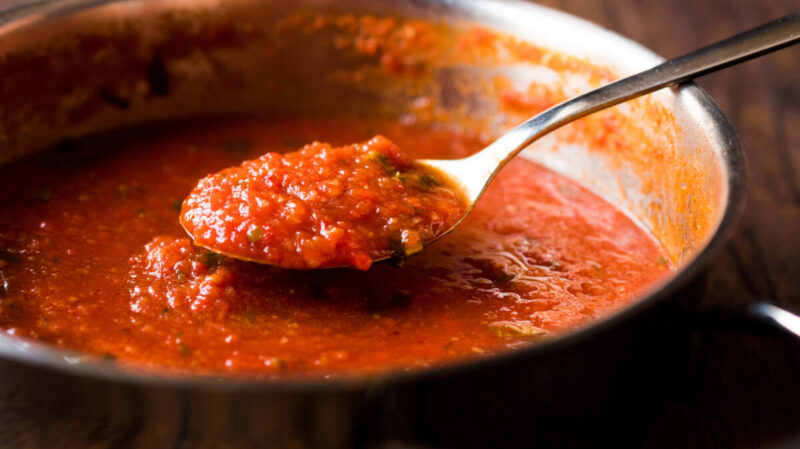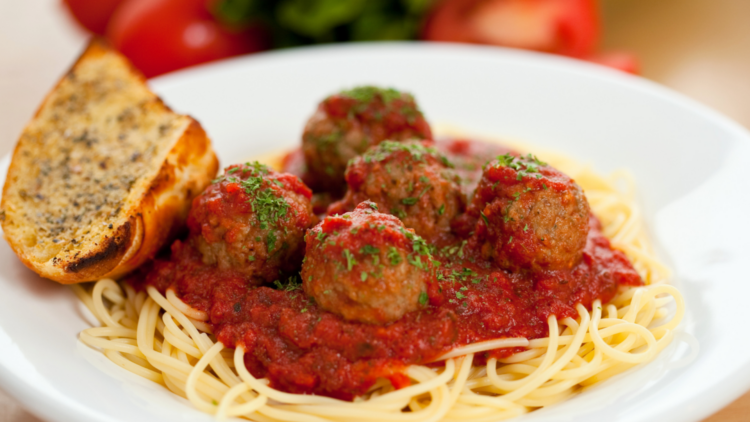7 Healthy Substitutes For White Pasta
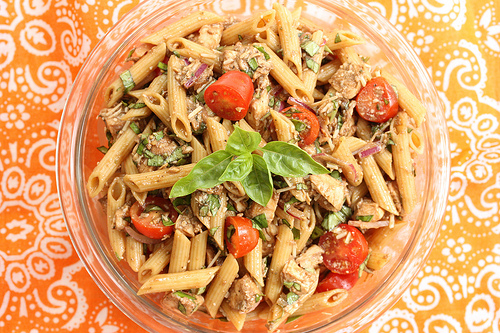
Pasta is the ultimate comfort dish. Who doesn’t love a creamy bowl of macaroni and cheese or a soothing plate of spaghetti and meatballs? Unfortunately, white pasta doesn’t provide much nutrients, as it is a refined carbohydrate.
So although your favorite pasta dish may taste great, it’s not the best for your health or your waistline.
Luckily, eating white wheat isn’t the only way to enjoy your favorite noodle dish, and there are many more nutritious options to use as a replacement. If you’re looking to lighten up your favorite meals, consider these seven substitutes for white pasta.
1. Whole Wheat
Whole wheat pasta is an easy replacement with a similar taste to regular pasta. But unlike the white stuff, whole wheat flour retains it nutrients, including fiber, which makes it a much better option than its refined counterpart.


2. Brown Rice Pasta
If you’re gluten-free or gluten intolerant, brown rice pasta is a good choice, as it contains just rice and no wheat. Brown rice pasta is still high in fiber, and it also contains four grams of protein per serving.
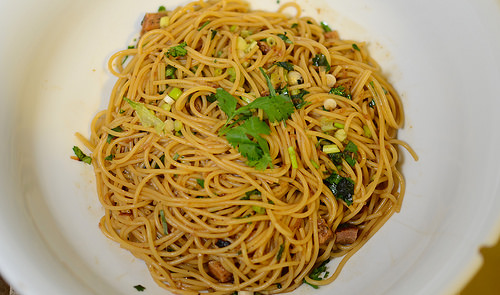

3. Soba Noodles
Commonly used in Asian dishes, soba noodles are made with buckwheat, a gluten-free seed that is rich in phytonutrients. Soba noodles can be enjoyed hot or cold, and they won’t cause a spike in blood sugar like regular pasta.
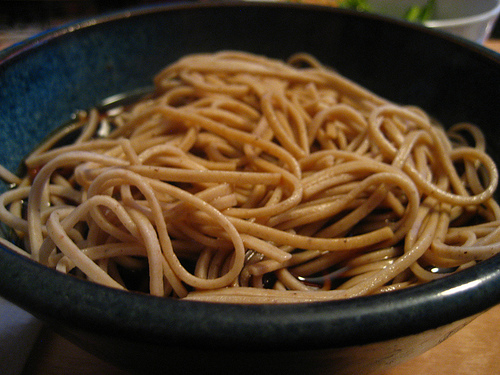

4. Spiralized Noodles
By now you have probably heard of the spiralized trend, where you take vegetables such as zucchini, squash, potatoes, and beets and turn them into noodles. This can help you cut down on excess carbohydrates, and it also helps you increase the amount of vitamins and minerals you get from eating vegetables.
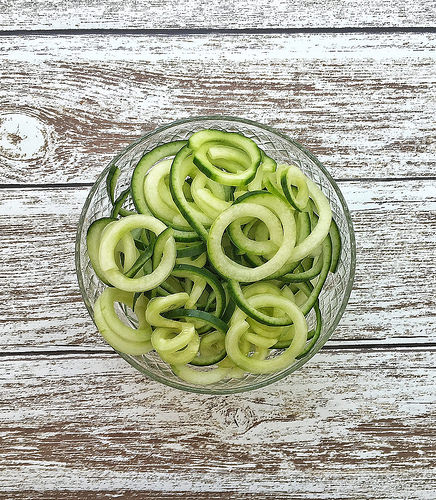

5. Spaghetti Squash
Before there were spiralizers, there was spaghetti squash. This type of squash yields spaghetti-like fibers just from being baked, making it a great vegetable-based alternative to pasta. Spaghetti squash is high in vitamin A and vitamin C, and it is high in fiber and low in calories.
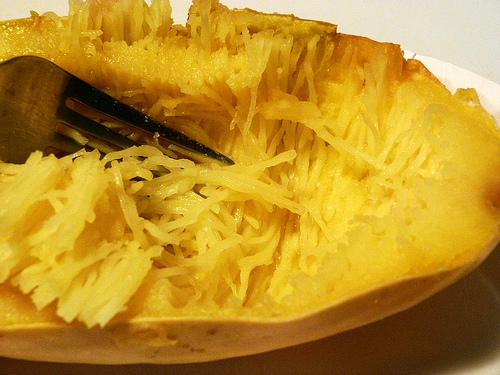

6. Shirataki Noodles
Shirataki noodles are popular because they contain zero calories, and they also happen to be gluten-free and vegan to boot. They’re made from a yam-like tuber, and they are filled with fiber but no carbohydrates. Their flavor is pretty plain, so it’s best to prepare them with sauce.
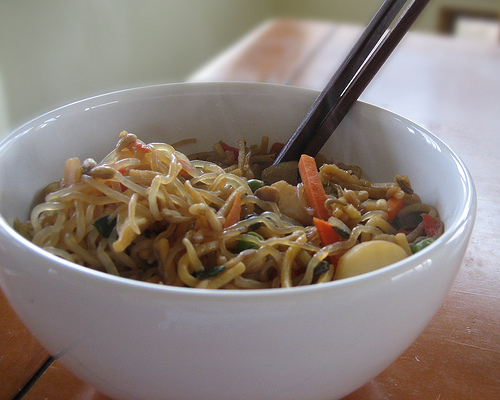

7. Bean Noodles
Nowadays you can get pasta made from different types of beans, including soy beans, mung beans and black beans. These types of noodles are great for a boost of protein, and they happen to be pretty mild in flavor, making them a healthy and versatile option.
